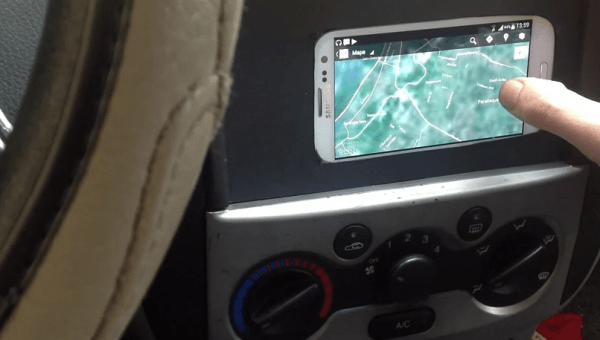
[Alan] doesn’t have to kick to get around town because he added a removable electric motor to his longboard. It looks great, and works just as well because he didn’t reinvent the wheel. The idea is a mashup of an electric Razor scooter and his long board.
The majority of the project revolved around mounting everything he needed to the board. When it comes to the drive wheel he designed a tension system. When a rider is not on the board the back wheels of the long board are off the ground by about an inch. The springs in the suspension system make it so when you do mount the board all wheels are touching, with the main drive wheel held tight to the pavement even while turning.
Unlike some electric skateboard builds [Alan] didn’t need to raise the board off the ground as the battery compartment is mounted on top of the deck. He added cooling fans for the hot summer days, and even used velcro to attach the charger so that he can juice it up when away from home. Check out his three minute show and tell embedded after the break.
Continue reading “Building An Electric-powered Longboard For Under $100”















